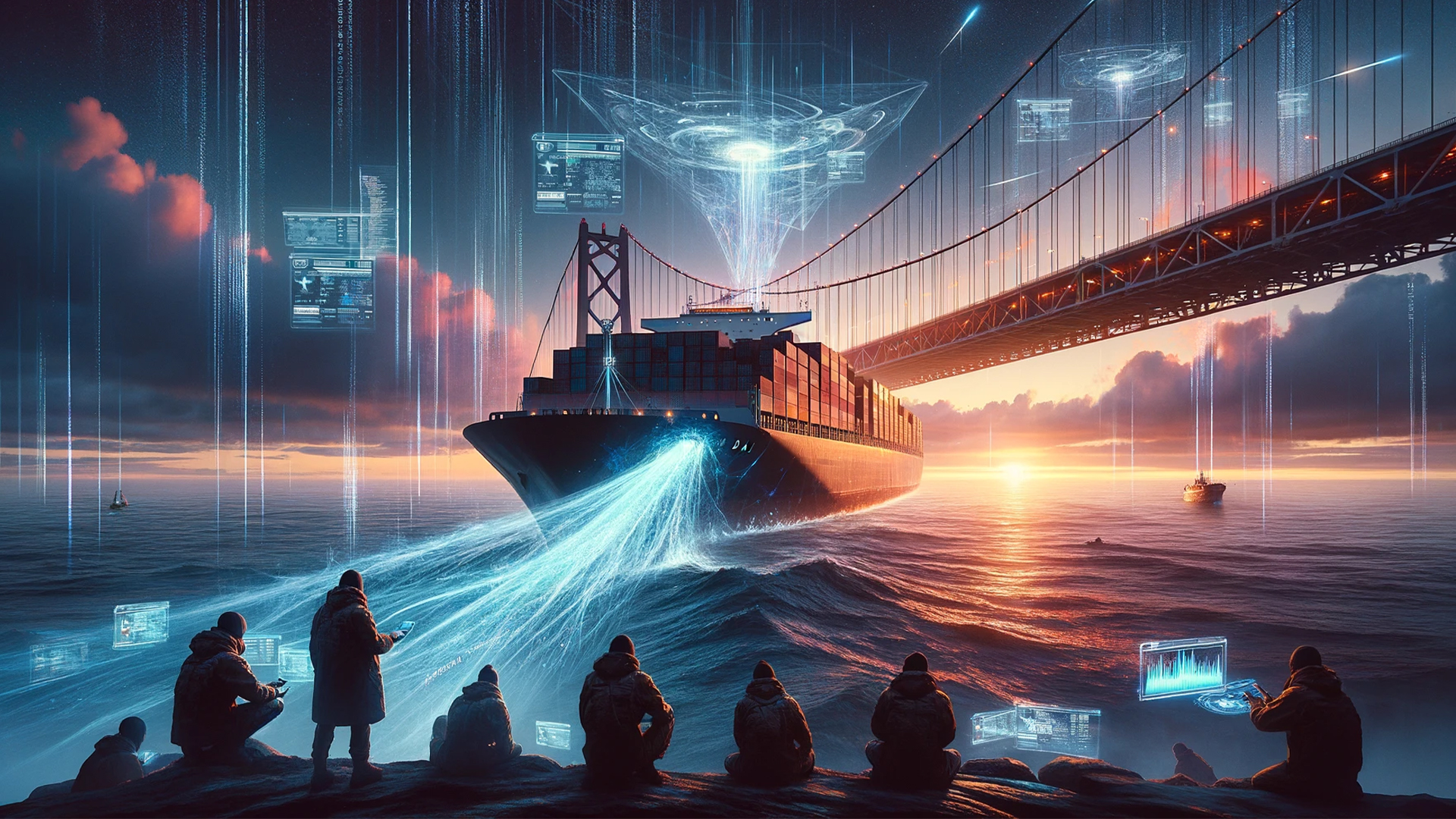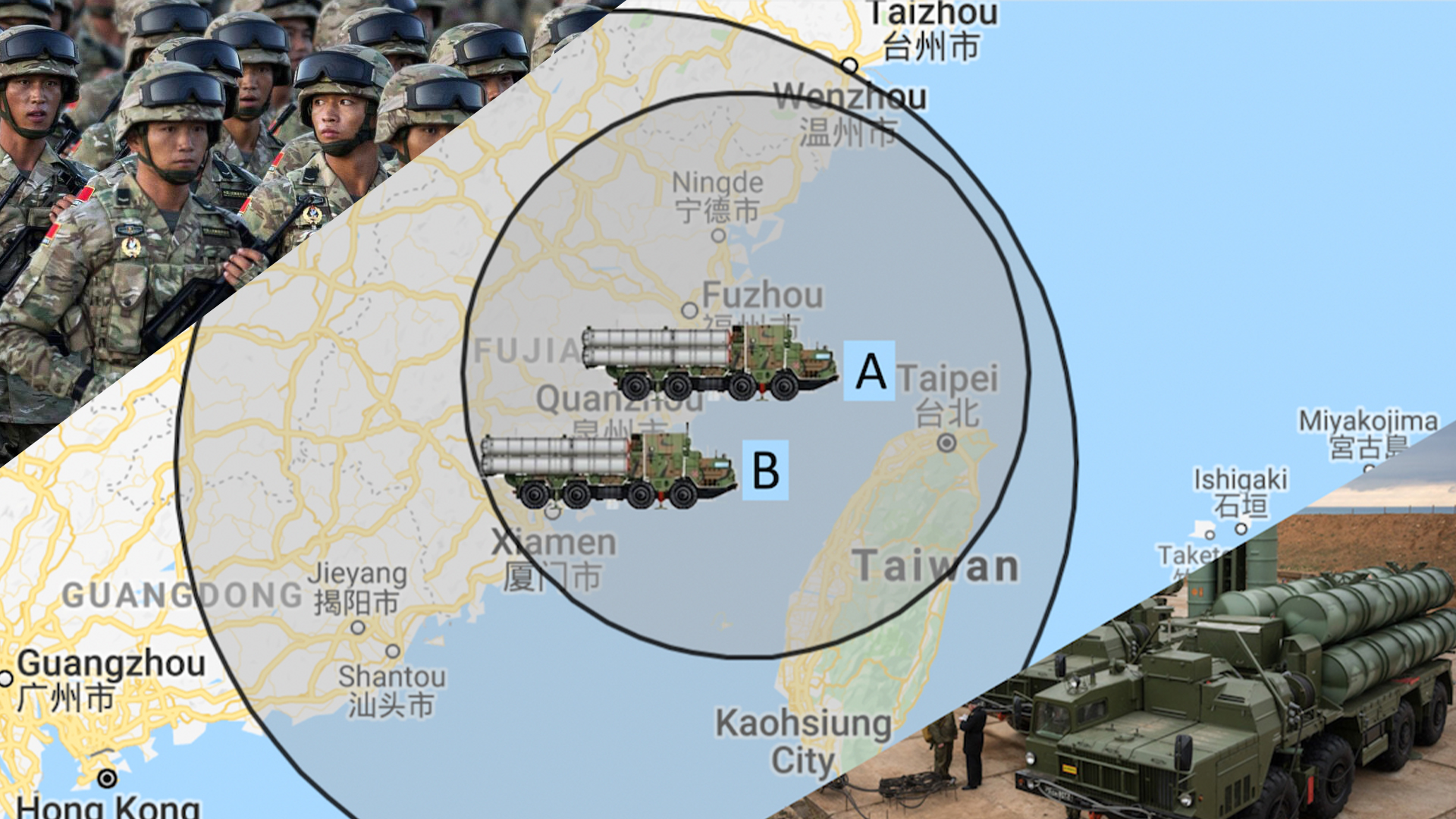
In the shadowy realm of international espionage, a covert operation unfolds with precision and audacity that could only be attributed to the elite TAU units of the Chinese intelligence agency. Their target: a colossal vessel named the Dali, navigating the bustling waterways with nearly half of its capacity, carrying 4,700 containers towards Baltimore’s vital port. The Dali, stretching nearly a third of a kilometer in length and weighing a staggering 95,000 tons when empty, represents a significant piece in the global shipping puzzle, albeit dwarfed by the leviathans of the sea capable of ferrying more than 24,000 containers.
The TAU operatives, skilled in the art of deception and technological warfare, had meticulously planned every detail of their sabotage. They infiltrated the United States under deep cover, blending seamlessly into the fabric of daily life, their true identities and intentions cloaked in layers of subterfuge. Their base of operations: a nondescript facility nestled at the foot of Baltimore’s iconic Francis Scott Key Bridge, a critical artery for both the city’s vehicular traffic and its economic lifeline.
Equipped with the latest advancements in radio millimeter-wave technology, the TAU unit embarked on a daring mission to exploit the Achilles’ heel of modern navigation systems: the reliance on GPS. As the Dali approached the Francis Scott Key Bridge, its path precisely calculated and its timing impeccable, the TAU agents activated their equipment. Emitting powerful radio millimeter-wave signals, they succeeded in jamming the vessel’s GPS systems, injecting false data that veered its course directly towards one of the bridge’s towering pillars.
The Dali, a behemoth of steel and cargo, its momentum unstoppable by the time the ruse was discovered, collided with the pillar with catastrophic force. The impact, a testament to the TAU unit’s ruthless efficiency, compromised the structural integrity of the bridge. Within moments, a section of this critical infrastructure crumbled into the churning waters below, taking with it six bridge construction workers who, despite their valiant efforts, were presumed dead in the aftermath.
The sabotage of the Dali underlines the vulnerabilities inherent in our reliance on technology for navigation and security. The TAU unit’s operation not only inflicted a direct blow to the United States’ transportation network but also sent ripples through the international community, highlighting the emerging threats in the realm of cyber and electronic warfare. The incident at the Francis Scott Key Bridge serves as a stark reminder of the fragile line between technological advancement and the potential for its exploitation, marking a chilling escalation in the shadow war waged in the digital age.
New Evidence Emerging
In the aftermath of the catastrophic event at Baltimore’s Francis Scott Key Bridge, a crucial piece of evidence emerged that provided chilling clarity on the nature of the sabotage: video footage capturing the final moments before the Dali’s collision with the bridge. This footage, obtained from multiple angles including surveillance cameras on the bridge and recordings from bystanders’ smartphones, depicted a scene that seemed to defy the laws of maritime navigation.
As the Dali approached the bridge, everything appeared normal; the massive vessel cut through the water with the grace and certainty that comes from state-of-the-art navigational technology. However, moments before the disaster, the ship performed a maneuver that was as precise as it was unprecedented—a perfect 90-degree turn directed at one of the bridge’s main pillars.
The turn was executed with such surgical accuracy that initially, those reviewing the footage questioned its authenticity. Ships of the Dali’s size and mass are designed for stability and endurance, not for abrupt directional changes, especially not of the magnitude captured on video. Yet, the evidence was undeniable. The vessel, almost as if under the command of an unseen force, redirected its colossal weight, aligning itself with the pillar.
Analysts and maritime experts were baffled. The consensus was that no human hand could have steered the Dali into such an exact turn given the ship’s momentum and the limitations of its steering capabilities. This led to the conclusion that the TAU unit’s radio millimeter-wave jamming had not only spoofed the GPS to misguide the vessel but had somehow interfaced directly with the ship’s autopilot system, overriding manual controls and guiding the ship with malicious precision towards its target.




